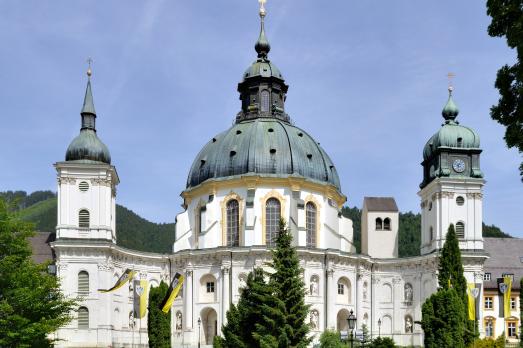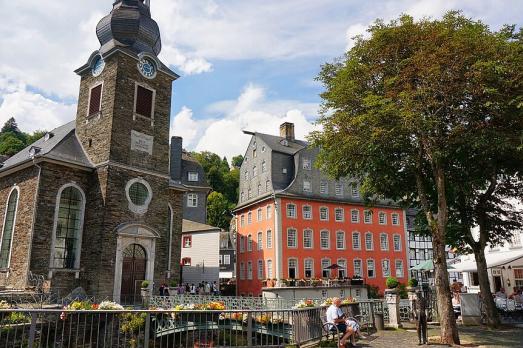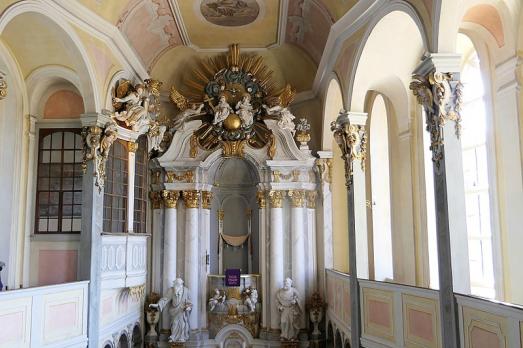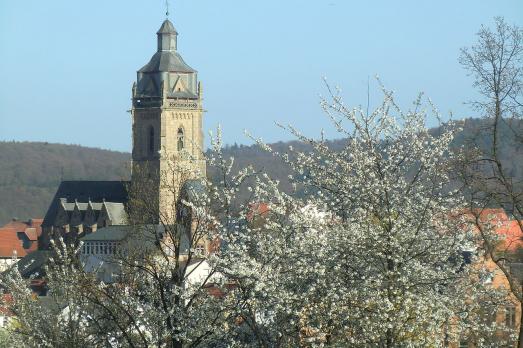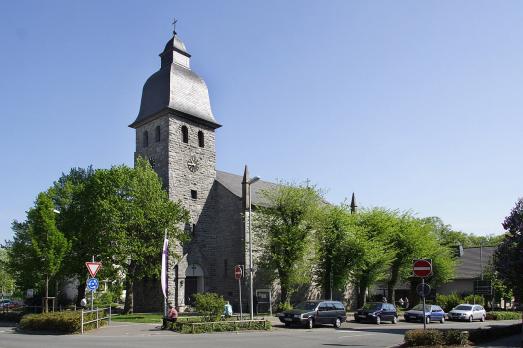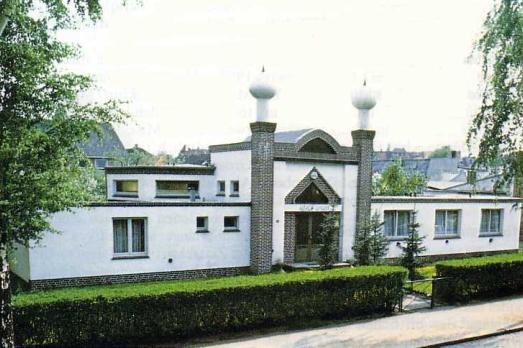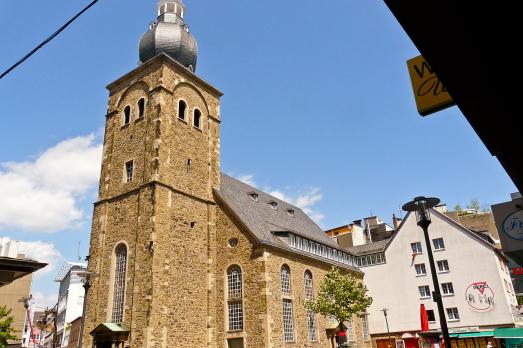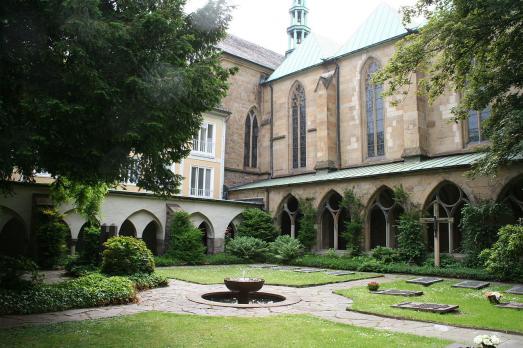
Essen Cathedral
Essen, DE
Essen Cathedral was once the collegiate church of Essen Abbey, founded around 845 by St. Altfrid, Bishop of Hildesheim, around which the city of Essen developed. The present building, which was rebuilt after its destruction during the Second World War, is a Gothic church, built after 1275 from pale sandstone. The octagonal-shaped Western Massif and the crypt are survivors of the pre-Romanesque Ottonian building that stood here. To the north of the church is a cloister which was once used by the abbey. The cathedral is famous for housing the Golden Madonna of Essen. Dated around the year 980, it is both the oldest known sculpture of the Madonna and the oldest free-standing medieval sculpture north of the Alps.
